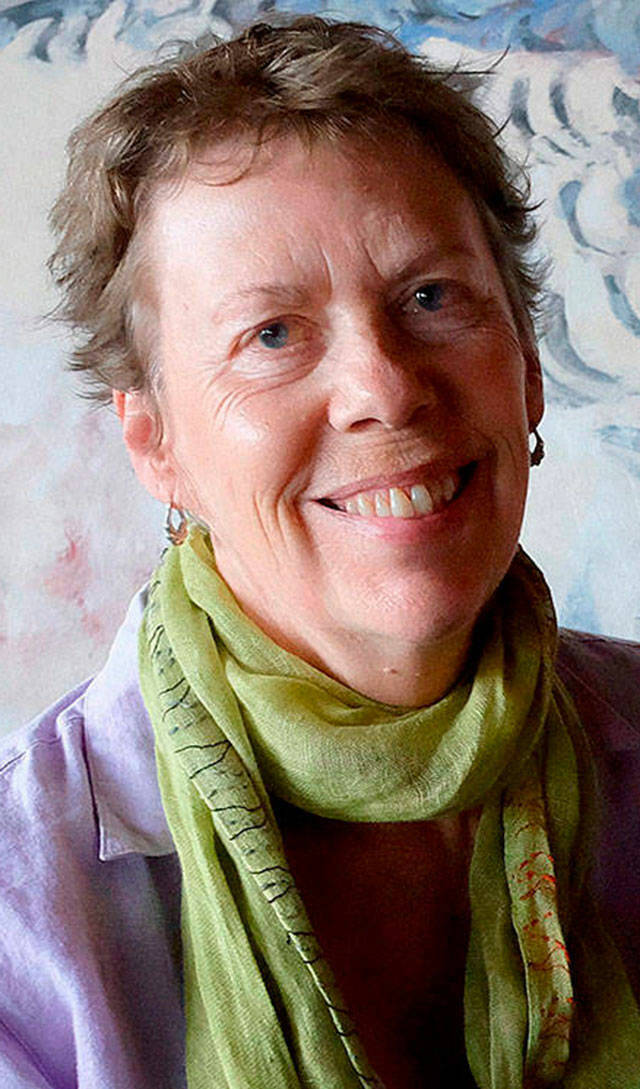Editor’s note: This commentary is part of an ongoing series, “Green Briefs,” by Vashon’s environmental leaders and activities, presented in partnership with The Whole Vashon Project.
There was a time in America when there was no Environmental Protection Agency, no Clean Air Act, no Clean Water Act, no Endangered Species Act.
It was the time when Rachel Carson’s 1962 bestseller “Silent Spring,” a devastating exposé of the environmental threat of DDT (an insecticide widely used that poisoned the environment), had catalyzed a growing public consciousness about the deterioration of the planet, wrought by 150 years of industrial development.
Gaylord Nelson, a Democratic senator and environmentalist from Wisconsin, was searching for a way to force this issue onto the national agenda and was inspired to use the radical tradition of the protest “teach-ins” of the 1960s as a model. With the help of a young activist named Denis Hayes, who came up with the name “Earth Day,” Nelson’s first event took place on April 22, 1970.
It drew 20 million participants that first year and has ever since been celebrated as the anniversary of the birth of the modern environmental movement. What is pertinent about the use of that model for Earth Day (read more at Earthday.org—it’s fascinating), was that it united in common purpose those groups that had been fighting individually against oil spills, polluting factories and power plants, raw sewage, toxic dumps, pesticides, freeways, the loss of wilderness and the extinction of wildlife.
Since that time, Earth Day has become a global phenomenon, long considered a time to practice restoring and caring for the earth, cleaning up pollution and waste, learning about sustainable living and participating in activism.
Yes, it’s acutely disturbing to recognize how little progress we’ve made since that first Earth Day, and how much commitment we need to sustain—more than ever, for our children, for the Earth and her creatures.
There is little doubt that we stand on a precipice. But amazingly, we are also experiencing a time of extraordinary discoveries and insights into how the earth works. Who knew that trees can communicate and support one another via underground networks? Or that tropical rain forests actually help make rain?
There’s a growing recognition that Indigenous tribes have long been wise and dedicated stewards of their lands with much to teach. And that organic soil is full of ferment and life, sponges that can hold water to control floods, maintain crops during droughts and recharge aquifers; and where countless microbes, worms, bugs, and whatnots all have an important job to do to grow healthy plants in vibrantly healthy ecosystems. These all point to concrete, healing solutions that each of us can take up in our own lives—as opposed to the more abstract limitations of fossil fuel emissions activism.
Let’s create new Earth Day — indeed, Earth Week — traditions with actions that can unite us in a time of renewal, that can provide a framework for future years.
We’ve learned about solar energy, planting trees and cleaning up roads and beaches — it’s time to add much more. We must truly practice today how we need to live tomorrow. Let us find ways—both artistic and practical— to renew our commitment to the health and wellbeing of our beautiful island ecosystem, its land and waters, and exceptional shorelines.
Let Earth Week become a time, for example, when we visit and thank our farmers for their dedication to the soil and the nourishment they provide our community. Let us support and appreciate our island businesses that have been and are now carrying green products, sourcing sustainably, minimizing packaging, taking care to recycle, or feeding us with sustainably raised food.
Finally, let it be a time when we celebrate and hear from our island’s more than 30 (!) environmental nonprofits and their loyal supporters, those who embrace their missions to teach, heal, conserve, and sustain.
This year’s Earth Week offerings provide an example of what might be in future years. Watch for details in The Beachcomber Earth Day issue. Let’s come together with big hearts, full of hope and inspiration.
Rondi Lightmark is the founder of The Whole Vashon Project. To find out more about the organization, and get involved, visit wholevashonproject.com.
Note: For further information on the topics mentioned in Rondi Lightmark’s commentary, visit the following resources.
Trees communicate: bit.ly/3DQjL5C
Trees make rain: bit.ly/38EShoh
Indigenous tribe stewardship: bit.ly/3O6ftfk
Soil Carbon Sponge: bit.ly/3jcx7zP
List of Vashon environmental organizations: bit.ly/3KfaKWd



